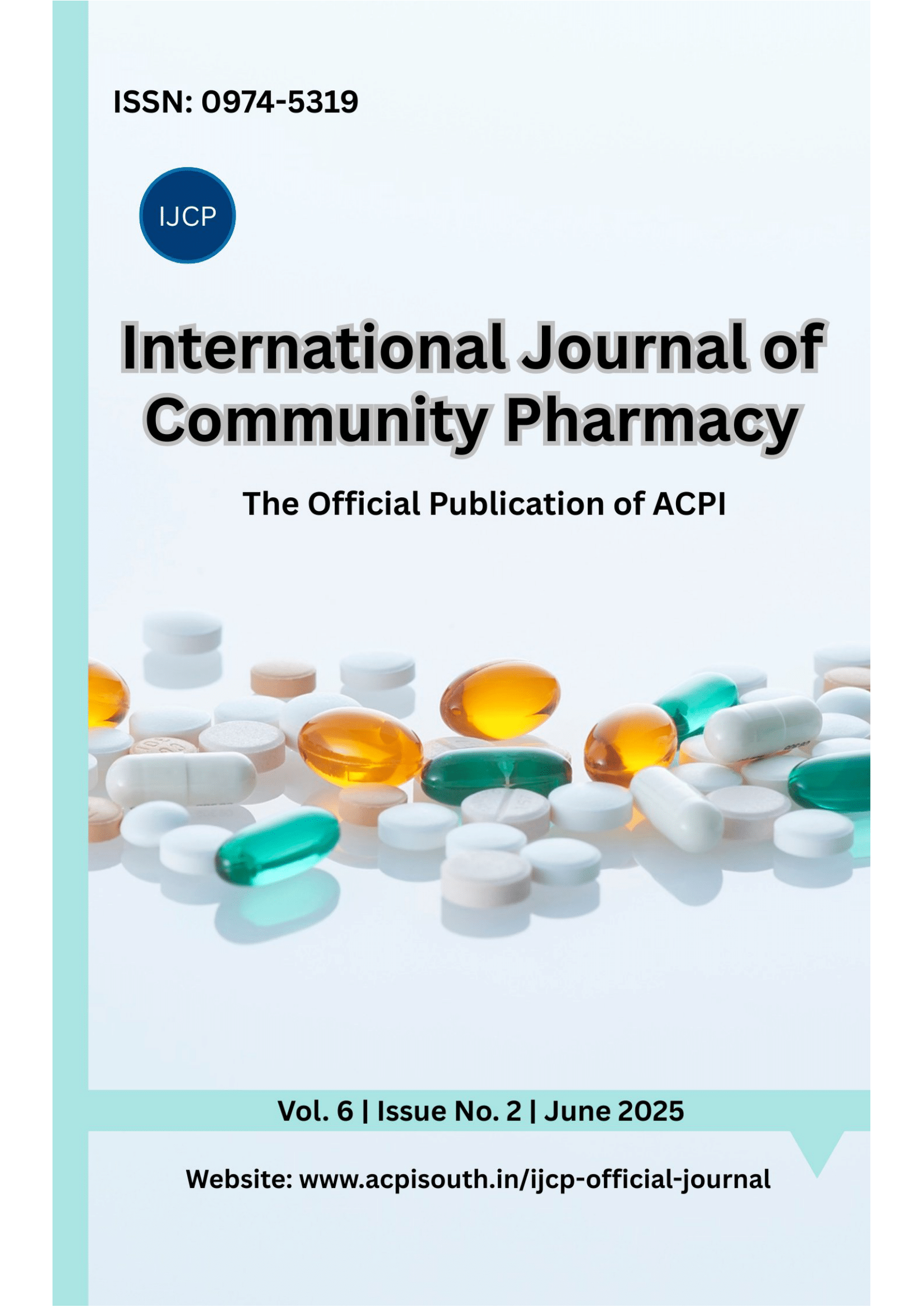A Comparative Review of mRNA, Viral Vector, Inactivated, and Protein Subunit COVID-19 Vaccines
##plugins.themes.bootstrap3.article.main##
Authors
Abstract
The COVID-19 pandemic prompted an unprecedented global response in vaccine development. Multiple platforms, including mRNA, viral vector, inactivated, and protein subunit vaccines, were rapidly developed to curb the spread of SARS-CoV-2. This review provides a comparative analysis of these vaccine types, focusing on their mechanisms of action, efficacy, safety profiles, storage requirements, and global distribution. mRNA vaccines such as PfizerBioN Tech and Modern a demonstrated high efficacy, while viral vector vaccines like AstraZeneca and Johnson & Johnson offered logistical advantages. Inactivated vaccines such as Covaxin and Sinopharm are based on traditional methods and showed good safety profiles. Protein subunit vaccines like Novavax are emerging as a promising alternative with minimal side effects. Understanding these differences is essential for informed public health decisions, vaccine acceptance, and future pandemic preparedness.



